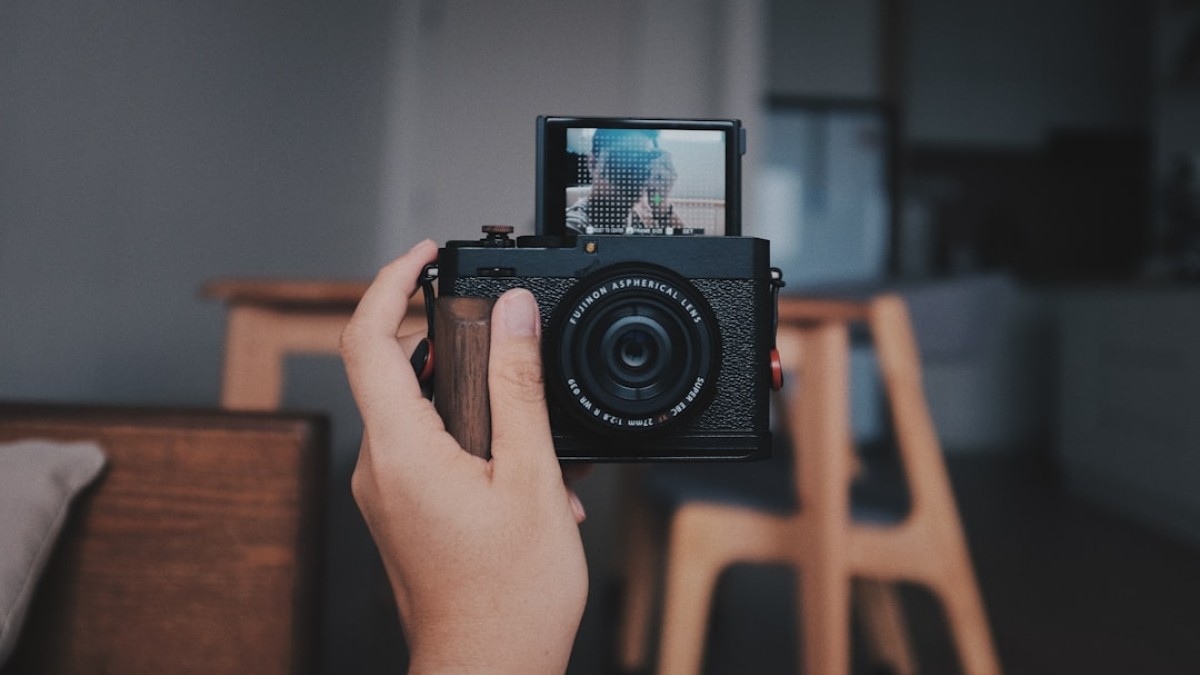In the digital age, optimizing images is essential for anyone managing online content—be it bloggers, designers, or eCommerce professionals. Image format selection, compression, and conversion can drastically influence page load speeds, SEO rankings, and user experience. This comprehensive guide will delve deep into practical techniques that can help you reduce image file sizes without sacrificing quality.
Why Image Format and Compression Matter
The Importance of Speed
Fast-loading images are crucial for maintaining user engagement. Studies indicate that even a one-second delay in page load time can lead to a 7% reduction in conversions. For bloggers and eCommerce sites, every millisecond counts.
SEO Considerations
Search engines like Google factor page loading speeds into their ranking algorithms. Optimized images can contribute to improved SEO rankings, increasing visibility and traffic to your site. Utilizing the right format and compressed images can enhance your overall search engine performance.
User Experience
Slow-loading images can frustrate users, leading to increased bounce rates. When visitors leave your site before engaging with your content, they likely won’t return. Ensuring your images are optimized contributes to a smoother browsing experience, which can keep users on your site longer.
Comparison of Common Image Formats
Understanding the strengths and weaknesses of various image formats can help you make informed decisions on which to use in your projects.
JPEG (JPG)
- Best For: Photographs and images with gradients or complex colors.
- Strengths:
- High compression for smaller file sizes.
- Well-suited for web use.
- Weaknesses:
- Lossy compression means some quality is sacrificed.
- Not ideal for images requiring transparency.
PNG (Portable Network Graphics)
- Best For: Images requiring transparency, sharp edges, or text.
- Strengths:
- Lossless compression retains image quality.
- Supports transparency.
- Weaknesses:
- Larger file sizes compared to JPEG.
- Not ideal for photographs.
WEBP
- Best For: All types of images, with a focus on high-quality outputs while maintaining small file sizes.
- Strengths:
- Provides both lossy and lossless compression options.
- Smaller file size than JPEG and PNG for similar quality.
- Weaknesses:
- Limited support in older browsers.
GIF
- Best For: Simple animations or low-color images.
- Strengths:
- Supports animations.
- Ideal for graphic design.
- Weaknesses:
- Limited to 256 colors, making it unsuitable for detailed images.
SVG (Scalable Vector Graphics)
- Best For: Logos, icons, and illustrations.
- Strengths:
- Scalable without losing quality.
- Text is searchable.
- Weaknesses:
- Not suitable for complex images or photographs.
Step-by-Step How-To Guides
In this section, we’ll explore how to select, compress, and convert images using online tools.
Step 1: Selecting the Right Format
Example Scenario: You’re creating a blog post about photography and need a hero image. A JPEG is a suitable choice here because it balances quality and file size well.
Step 2: Compressing an Image Using an Online Tool
For this guide, we’ll use TinyPNG for PNG and JPEG and Squoosh for various formats.
Compressing an Image with TinyPNG
- Go to TinyPNG: Visit TinyPNG.com.
- Upload Your Image: Drag and drop your PNG or JPEG file into the designated area.
- Download the Compressed File: After the compression process completes, click “Download” for the optimized version.
Compressing an Image with Squoosh
- Go to Squoosh: Open Squoosh.app.
- Upload Your Image: Click “Select Image” and choose your file.
- Adjust Compression Settings: On the right side, tweak settings like format, quality, and resizing.
- Download your File: Click “Download” after adjustments.
Real Examples
Compressing a Blog Image
- Original Image: A 5MB JPEG of a sunset photo.
- Compressed Version: Using TinyPNG, we reduced it to 1.2MB without noticeable loss of quality.
- Optimized Upload: This optimized image now loads faster, contributing positively to both the SEO and user experience.
Uploading a Product Photo
- Original Image: A 6MB PNG featuring a product.
- Compression Process: Using Squoosh, we converted it to WEBP format and reduced it to 1.5MB.
- Benefit: The smaller image size ensures quicker loading times, which can lead to higher conversion rates.
Tips to Maintain Quality While Reducing Size
- Choose the Right Format: Use JPEG for photos, PNG for graphics with transparency, and WEBP for general use.
- Use the Right Tools: Utilize reliable online tools that offer various compression options, allowing for a balance between quality and size.
- Resize Before Uploading: Always resize your images to the maximum dimensions needed for display.
- Monitor Quality: Preview your images post-compression to ensure no significant loss of quality.
SEO/Image Performance Considerations
Alt Text
Incorporate descriptive alt text for all images to enhance accessibility and ensure search engines understand the content of your images.
File Names
Use descriptive file names that include relevant keywords. For example, instead of “IMG1234.jpg,” use “sunset-photography.jpg.”
Image Sitemaps
If your site is image-heavy, consider creating an image sitemap. This helps search engines discover and index your images more effectively.
Load Order
Ensure your images load last by placing them towards the bottom of the HTML page. This technique can improve perceived loading speeds.
Summary
In conclusion, choosing the correct image format and employing effective compression techniques are crucial for performance optimization.
Quick Decision Table
| Image Type | Best Format | Compression Type | Use Case |
|---|---|---|---|
| Photographs | JPEG | Lossy | Blogs, galleries |
| Graphics/Text | PNG | Lossless | Logos, infographics |
| All-Purpose | WEBP | Lossy/Lossless | General use |
| Animation | GIF | N/A | Simple animations |
| Vectors | SVG | N/A | Logos, icons |
Image Optimization Checklist
- [ ] Choose the right format based on content.
- [ ] Optimize images with online tools.
- [ ] Use descriptive alt text and filenames.
- [ ] Monitor loading times and performance.
- [ ] Regularly review and update images for quality.
By following these guidelines, you can ensure your images contribute positively to both the user experience and SEO, creating a bright future for your online presence.
